How old is old?
southerncanuck
10 years ago
Related Stories
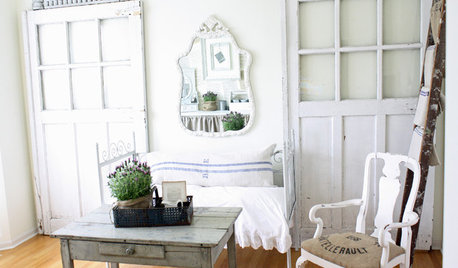
DOORSOld Doors, New Charm
Turn a vintage door into wall art, sliders, cabinet doors, garden gates and more
Full Story
PRODUCT PICKSGuest Picks: Everything Old-World Is New Again
Give even a new build a romantic history with lighting fixtures, hardware and drapes that recall the Old Country
Full Story
REMODELING GUIDESThe Hidden Problems in Old Houses
Before snatching up an old home, get to know what you’re in for by understanding the potential horrors that lurk below the surface
Full Story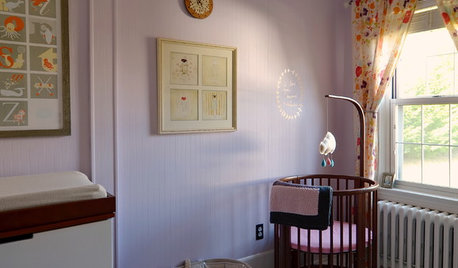
HOUZZ TOURSHouzz Tour: Century-Old Home Gets a Scandinavian Update
A hundred-year-old home of a family in New York is lovingly reworked with fresh colors and modern furniture
Full Story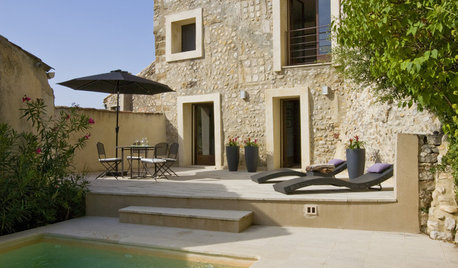
MODERN HOMESHouzz Tour: 800-Year-Old Walls, Modern Interiors in Provence
Old architecture and new additions mix beautifully in a luxurious renovated vacation home
Full Story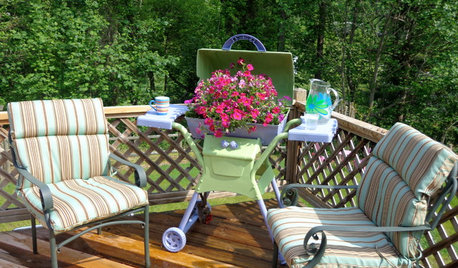
SALVAGEReinvent It: Make a Cheery Planter From an Old Eyesore
Don't ignore that yucky old grill growing rust in your yard — turn it into a lighthearted planter that's a joy to see
Full Story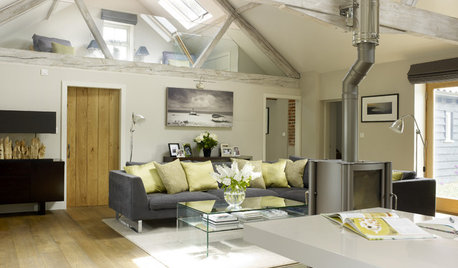
BARN HOMESHouzz Tour: An Old Dairy Gets a Contemporary Twist
Soothing neutrals and a mix of old and new transform a dilapidated Suffolk dairy into an elegant home
Full Story
BATHROOM MAKEOVERS21st-Century Amenities for an Old-Time Show House Bath
Updated but appropriate features help an old-fashioned bath in the 2014 DC Design House align with modern tastes
Full Story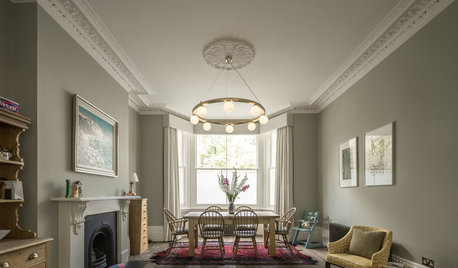
HOMES AROUND THE WORLDHouzz Tour: Light Shines on a Centuries-Old London Home
Old meets new in this striking family home, where 19th-century features combine with dramatic windows and inspired details
Full StoryMore Discussions






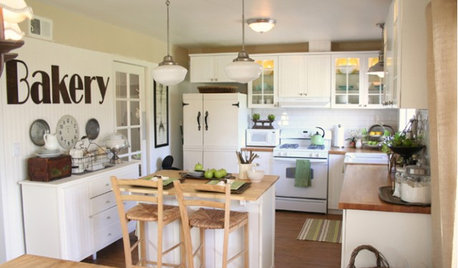



calliope
s8thrd
Related Professionals
Hershey Kitchen & Bathroom Designers · Cloverly Kitchen & Bathroom Remodelers · Chester Kitchen & Bathroom Remodelers · Fort Washington Kitchen & Bathroom Remodelers · Hunters Creek Kitchen & Bathroom Remodelers · Jacksonville Kitchen & Bathroom Remodelers · Linton Hall Kitchen & Bathroom Remodelers · Salinas Kitchen & Bathroom Remodelers · Thonotosassa Kitchen & Bathroom Remodelers · Tulsa Kitchen & Bathroom Remodelers · South Jordan Kitchen & Bathroom Remodelers · Carney Architects & Building Designers · Fort Lewis Architects & Building Designers · Four Corners Architects & Building Designers · Memphis Architects & Building Designerscalliope
kai615
chucksmom
worthy
worthy
southerncanuckOriginal Author